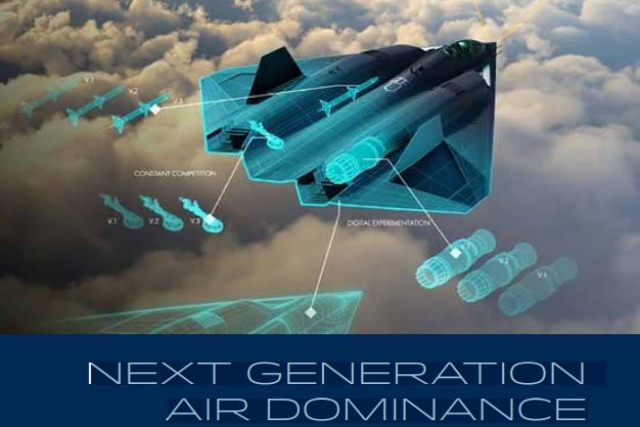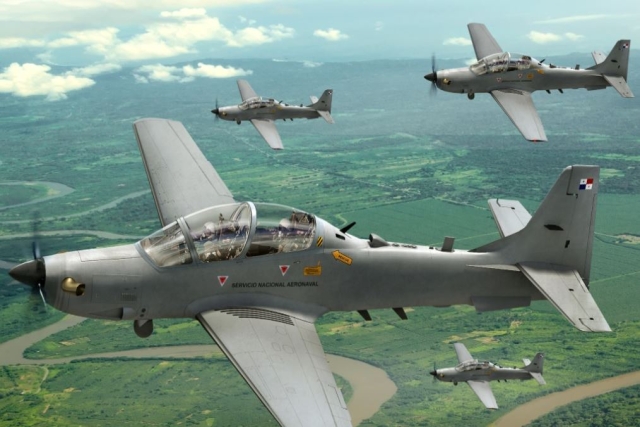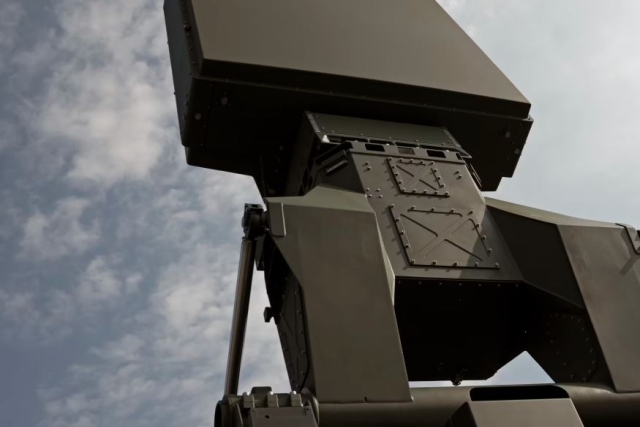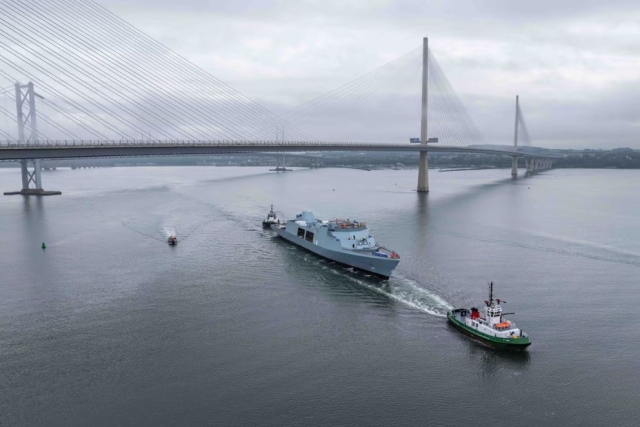U.S.A.F. NGAD Jet Needed Soon, F-22 to be Retired in 2030
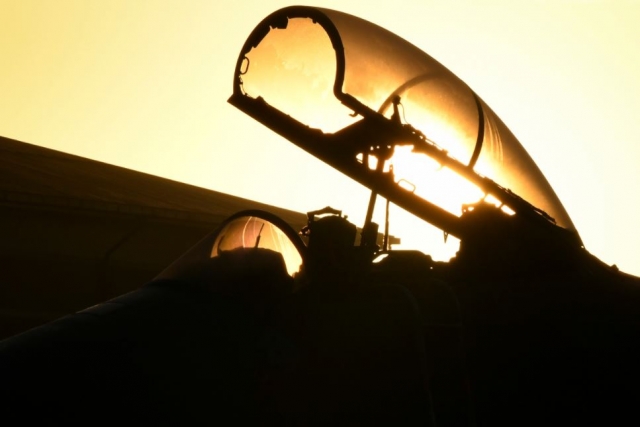
The U.S. Air Force wants to field new Next-Generation Air Dominance (NGAD) fighters before it starts phasing out the F-22s from around 2030.
Lt. Gen. Clinton S. Hinote, deputy chief of staff for strategy, integration, and requirements, told in an interview with Air Force Magazine recently that the service is preparing to unveil a new 30-year fighter force design. This includes at least two all-new fighters, a much greater use of autonomous and unmanned aircraft, a new way of providing close air support, and a narrowing timeline for retiring aircraft such as the A-10, F-16, and F-22.
The Air Force is planning to reduce its fighter fleet from seven types to “four plus one.” The future fighter fleet will include the F-35, F-15EX, late-model F-16s, and the Next Generation Air Dominance (NGAD) family of systems; and the “plus one” would be the A-10.
The official added that the F-22 will continue to receive upgrades, “mostly sensors,” until “the sunset of the F-22 … in about the 2030-ish timeframe.” That won’t be the full retirement of the type, but the beginning of its phase-out, he said. By then the F-22 will be 25 years old and the Air Force should be deep into a new cycle of fielding NGAD and its successors on what could be as rapid as a five-year cycle.
Read: U.S. Air Force Publishes Concept Art of Secretive Next Generation Air Dominance Jet
The budget request to be presented in the coming weeks will show a “large … commitment” to the NGAD, Hinote said.
The NGAD timetable will be “event driven,” but Hinote doubts it will be 10 years before it is in operational service. The “long pole in the tent” right now is integrating “the most important things onto that platform with a government reference architecture.”
He also noted that NGAD is a family of systems and will be “optionally manned,” meaning several versions of the jet may be built and employed with or without crews.
When the budget comes out, “it may not look like a 100 percent” replacement of F-22s with NGADs because “you’re talking about a set of capabilities, … some of that may be unmanned [or] optionally manned. So it’s not one-for-one.”
The NGAD concept calls for rapid turnover in technology, such that when one is about to be deployed, the next version will already be in design, if not development. Hinote suggested that the second NGAD type is already in design, then said, “I can’t confirm or deny that one.” But the Air Force is embracing the concept because it will allow “the great companies of our industrial base to re-enter the competition at the design phase, as opposed to crowding them out in the sustainability phase” as a consequence of what has recently been coined “vendor lock.”
It hasn’t been decided what the optimum cycle of NGAD platform turnover should be, but the hardware and software will be in a perennial spiral, Hinote said.
“As you’re allowing that program to mature, through a spiral series, you’re designing the next platform” with new software and sensor technology, he said. As these are integrated into the existing version, “you jump over that one” to the next one. “It could be every five years,” he said. “It could be every eight years.”

